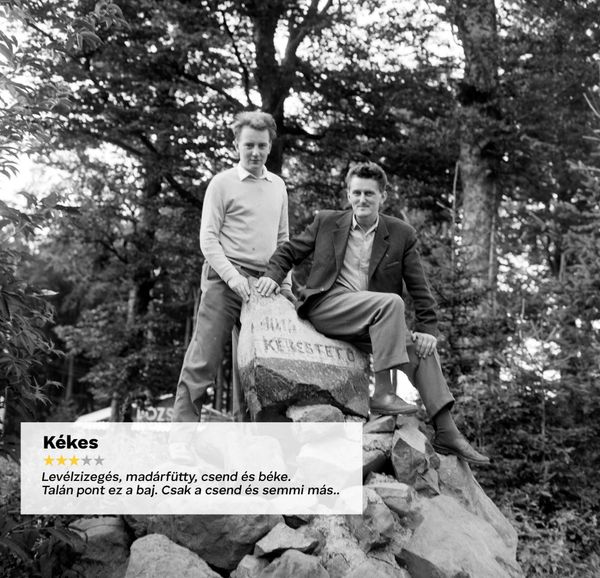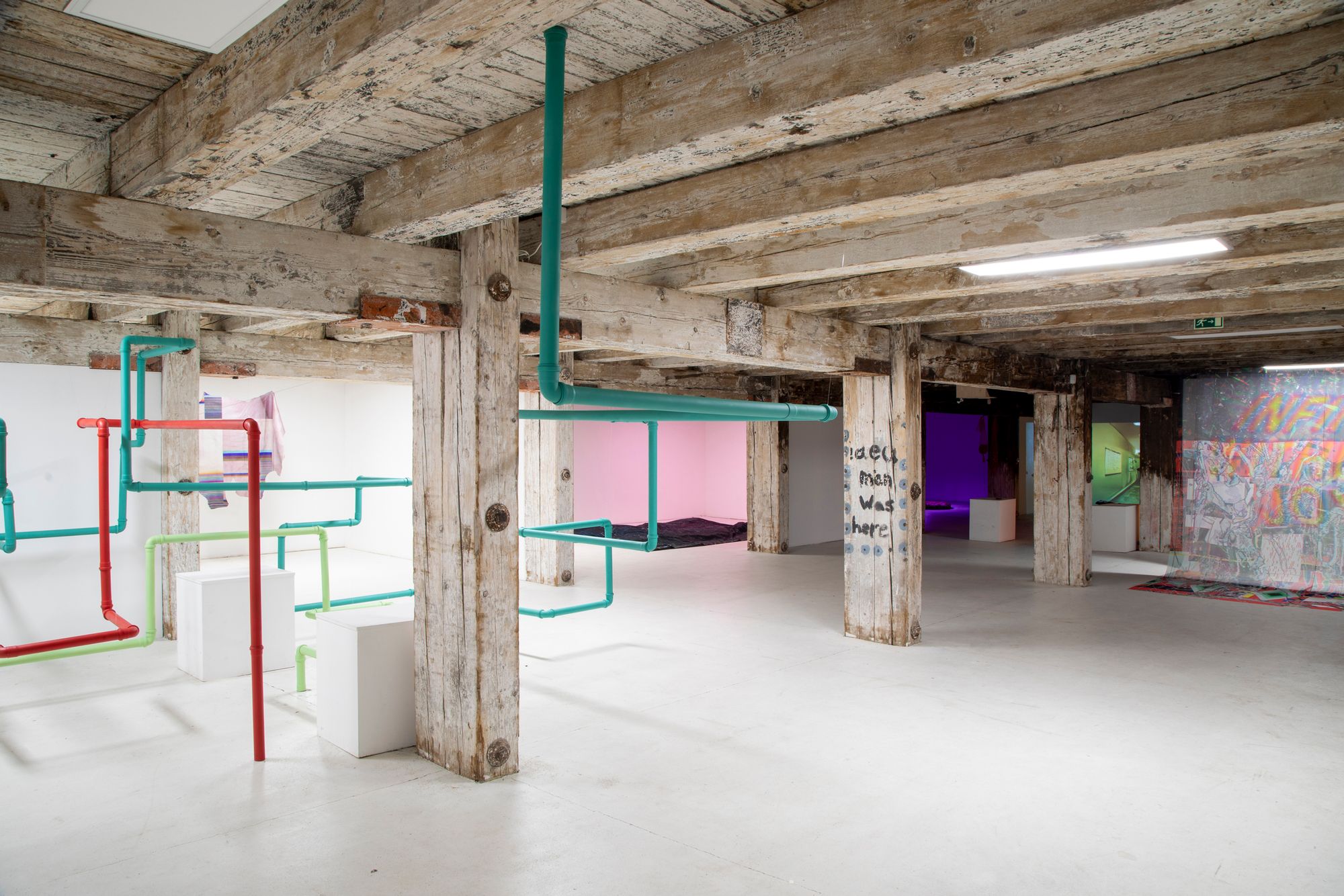How does virtuality manifest itself in our lives? When will cyberspace become our prime living space? Or has it already happened? ENTER_the_FUNKY_JUNGLE explores the intertwining and interdependent, already and not yet completely disconnected boundaries of cyberspace and meatspace, or the real world and the online space through contemporary art. The exhibition is open until 19 December.
The venue, Art Quarter Budapest, was once the brewery of Haggenmacher. In 2012, after many years of disuse, it was transformed into a contemporary art center and artists’ colony, thanks to the work of architect István Unicsovics and the idea and support of Wolfgang Bartesch. Along with the visual arts, the location is considered one of the centers of the experimental music scene in Hungary. It is home to the Spatial Sound Institute of the Dutch 4DSOUND, which explores the spatiality of music. The sound studio can model the transmission of music in space, and visitors are treated to an immersive multisensory experience.
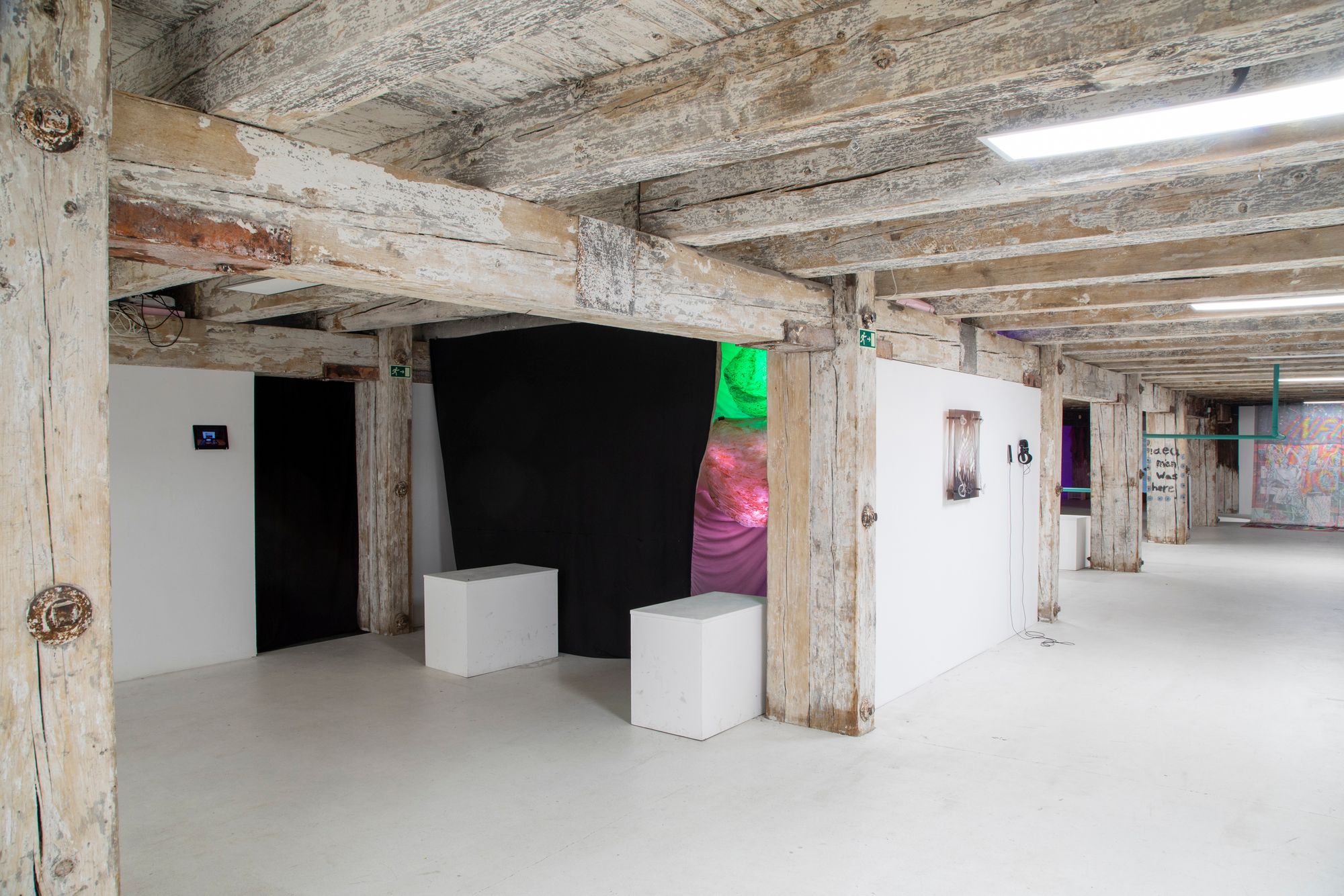
When we toured the complex at the end of October as part of the aqb Open House event series, I got the impression that in this pulsating district, far from the hustle and bustle of the city center, the importance of the physical plane, or meatspace, is manifested in so many ways: in the form of an actively functioning, mutually inspiring community of artists, in the form of sound that is given spatiality, and in cyberspace that takes on physical form in the form of an exhibition. Later on, it turned out that the exhibition itself was closely linked to the community and the Spatial Sound Institute, as it was preceded by the pop-up exhibition ENTER (THE FUNKY WORLD), which took place in the above-mentioned sound studio in the autumn of 2018. “ENTER” in the exhibition’s title was a reference to the enter key, and FUNKY WORLD was a metaphor for cyberspace. In comparison, ENTER_the_FUNKY_JUNGLE is a more complex, larger, collaborative and multi-artist extension of the exhibition from three years ago,” shared the curators of the exhibition, Zita Marton and Eszter Dalma Kollár.
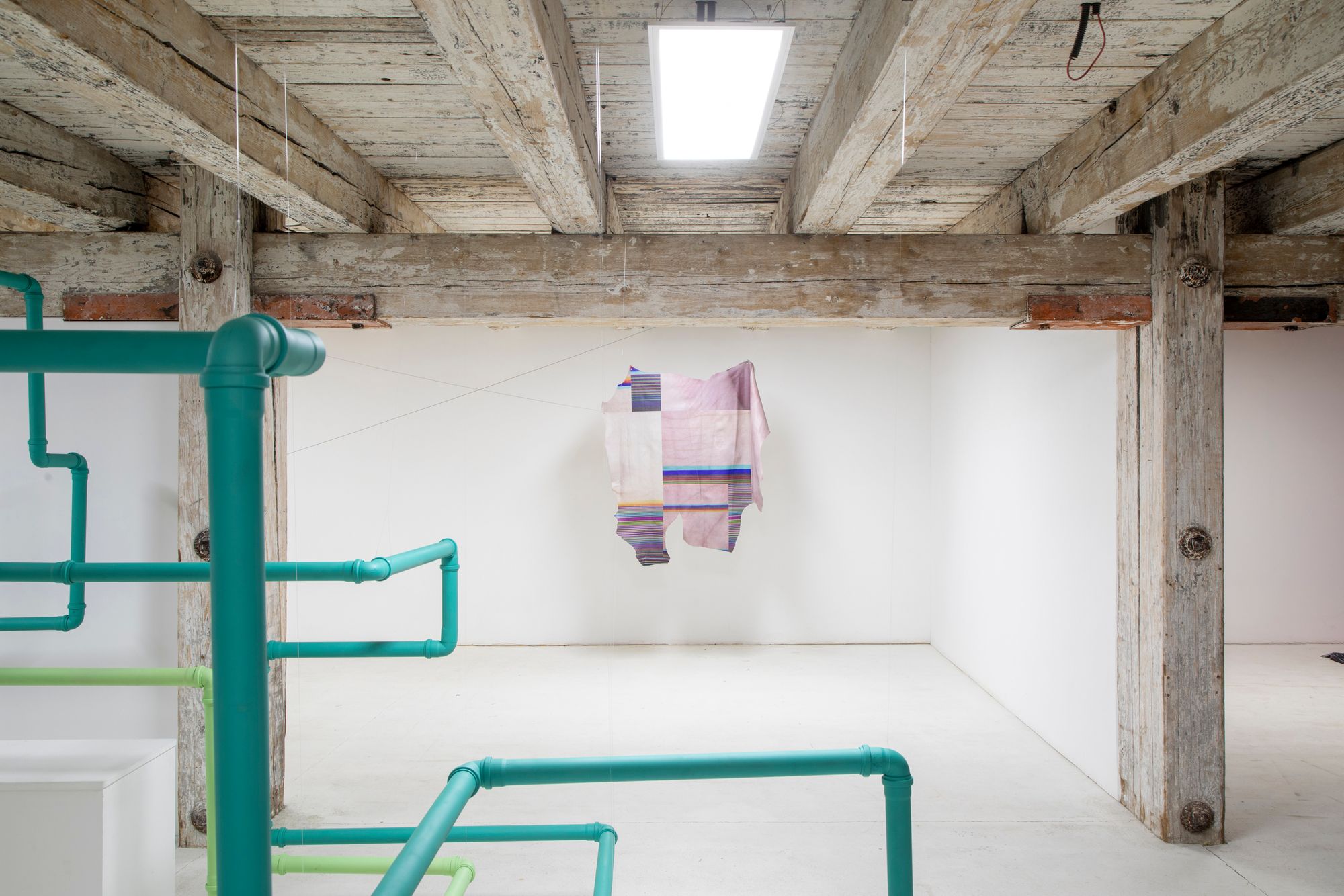
“The exhibiting artists and we, the curators, belong to a generation that was not born into this digital world, but cyberspace grew up with us. We use it naturally, but we also remember its early stages. Therefore we have a lot of questions about this phenomenon,” Zita and Dalma went on. The curatorial text explores, among other things, the question that although humans are building an infinite virtual world around themselves, there is still an instinctive attachment to our natural environment: with virtual systems, we often start from nature, copy it and extend it. Now, in the exhibition space, a secondary reversal is taking place: digital information and impulses are being given back their spatial and temporal reality in the form of installations.
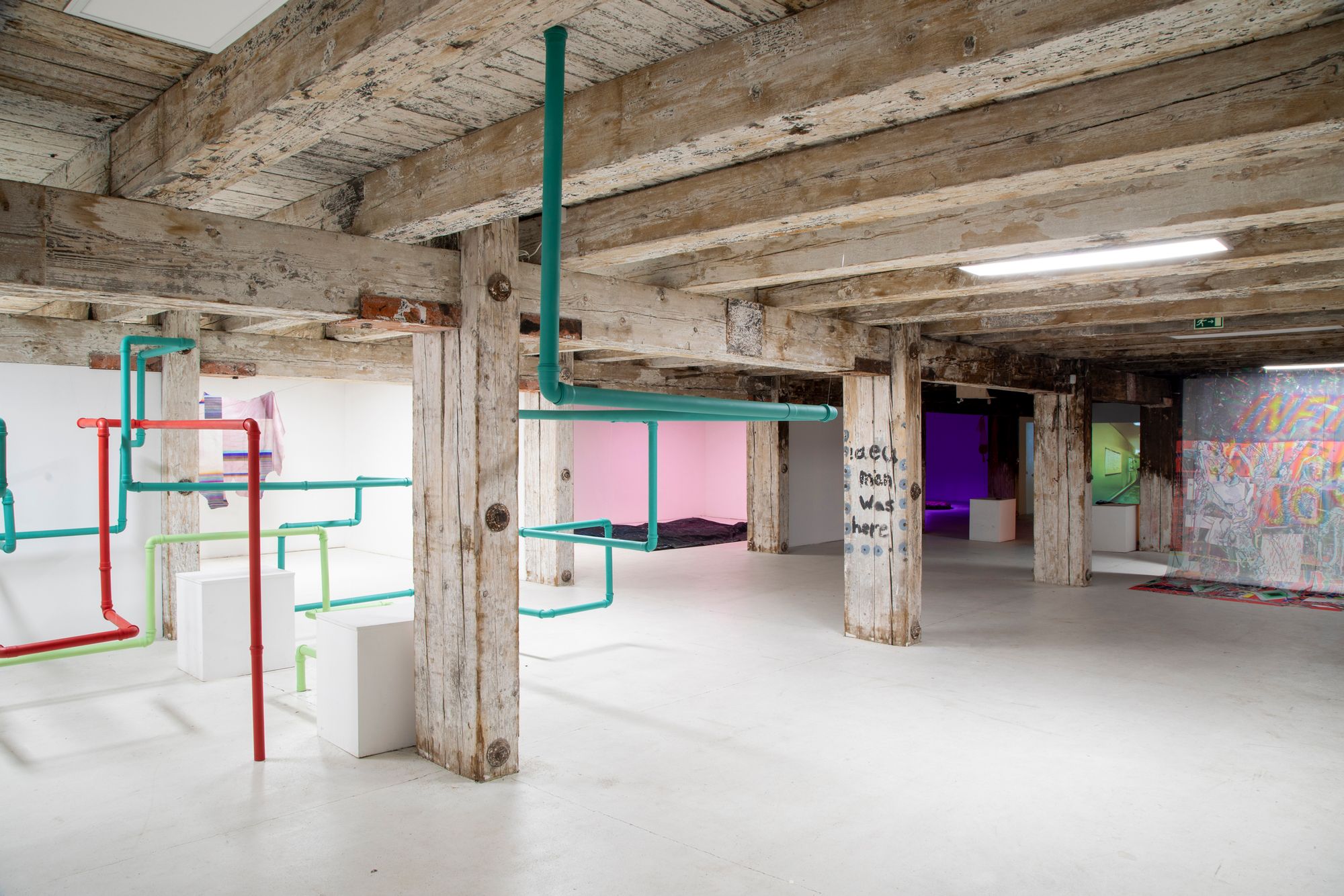
The spirit of the exhibition is at once nostalgic for the dawn of the internet while at the same time addressing current issues. “Each artist approaches the differences or even the merging of cyberspace and meatspace from a different angle, reflecting on the countless questions that the subject raises, which still cannot give a complete picture of the issues of the ”internet age”. Kristóf Lázár’s PVC pipes bring the Windows screen saver of the early 2000s into the present and physical space, Írisz Papp uses organic bodies (houseplants and potatoes) to refer to our networking and contactless existence in cyberspace, while Márk Martinkó stretches the pattern of human skin, which has been eroded by digitalization, into space by printing it on cowhides. Zsuzsa Magyari and László Németh have created textile works from online collections (personal messenger conversations and photos downloaded from the internet), Szilvia Bolla deals with the physical and metaphysical role of the membrane, and Levente Radvánszki reflects on the amount of false and manipulated information that reaches us through the internet,” the curators told us.
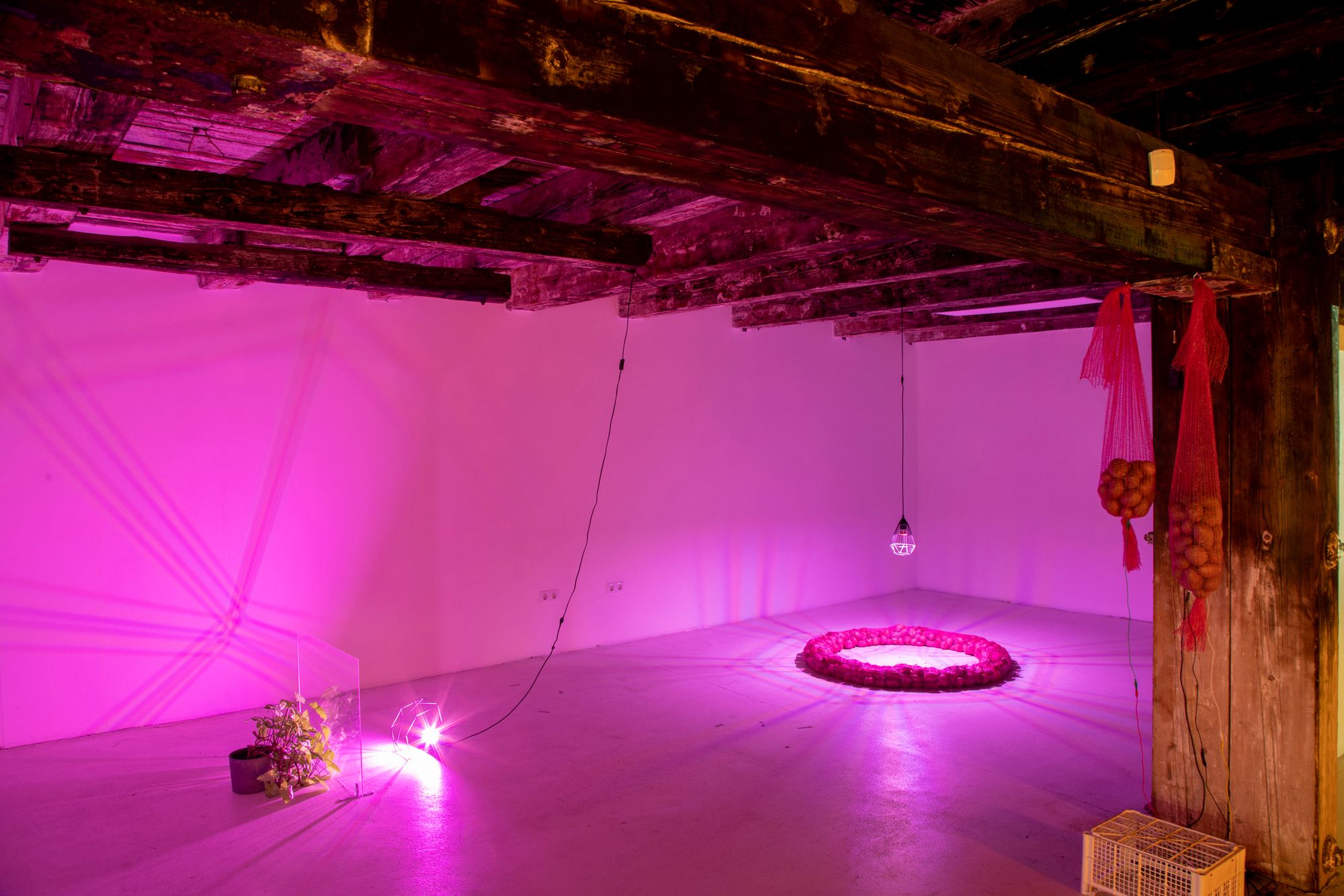
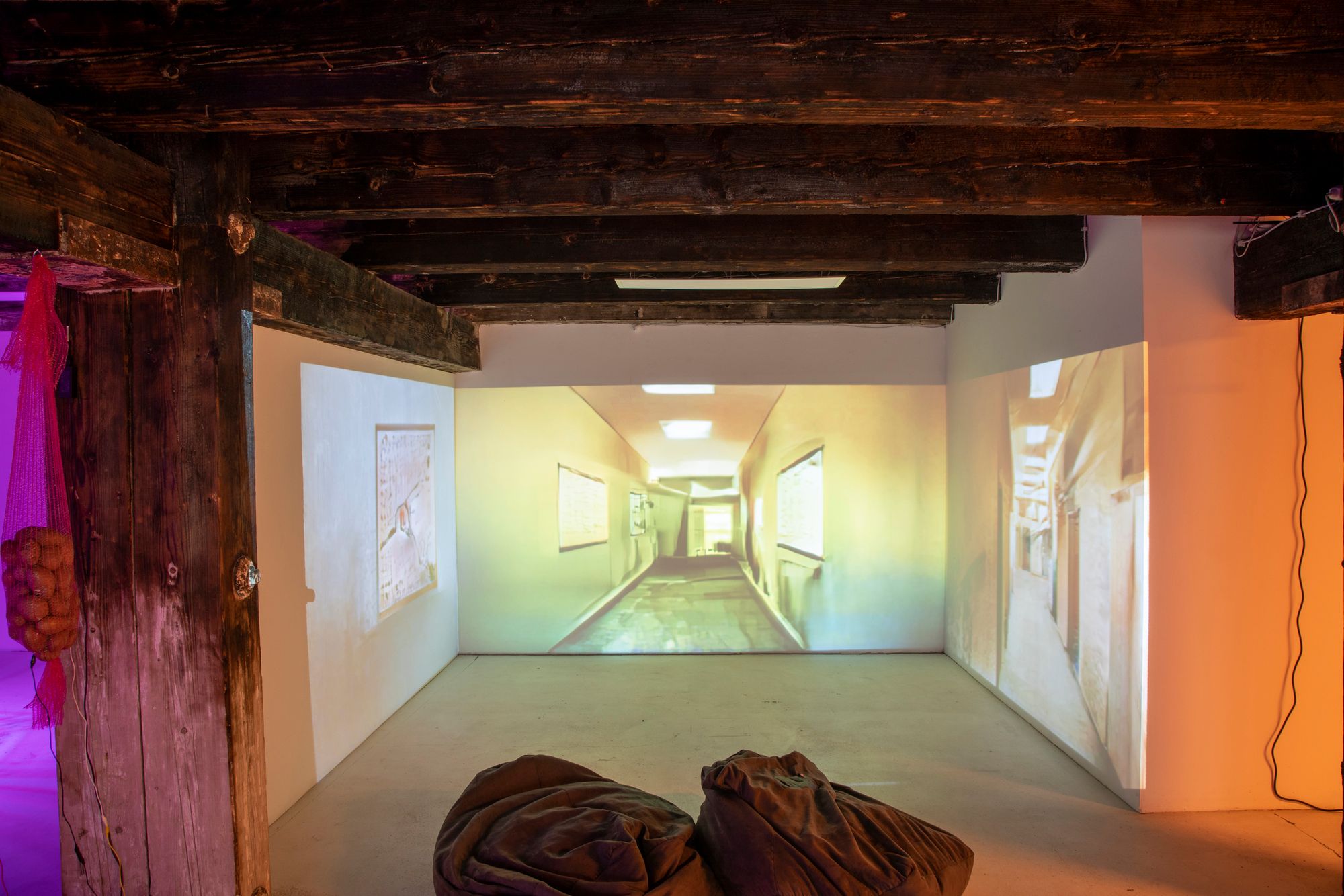
The exhibition also raises questions about the future of art: in the age of NFTs and virtual creations, how long will meatspace have a contemporary artistic legitimacy? Or will this of all things become exotic if the parallel present-reality and information overload force us to pause for a while?
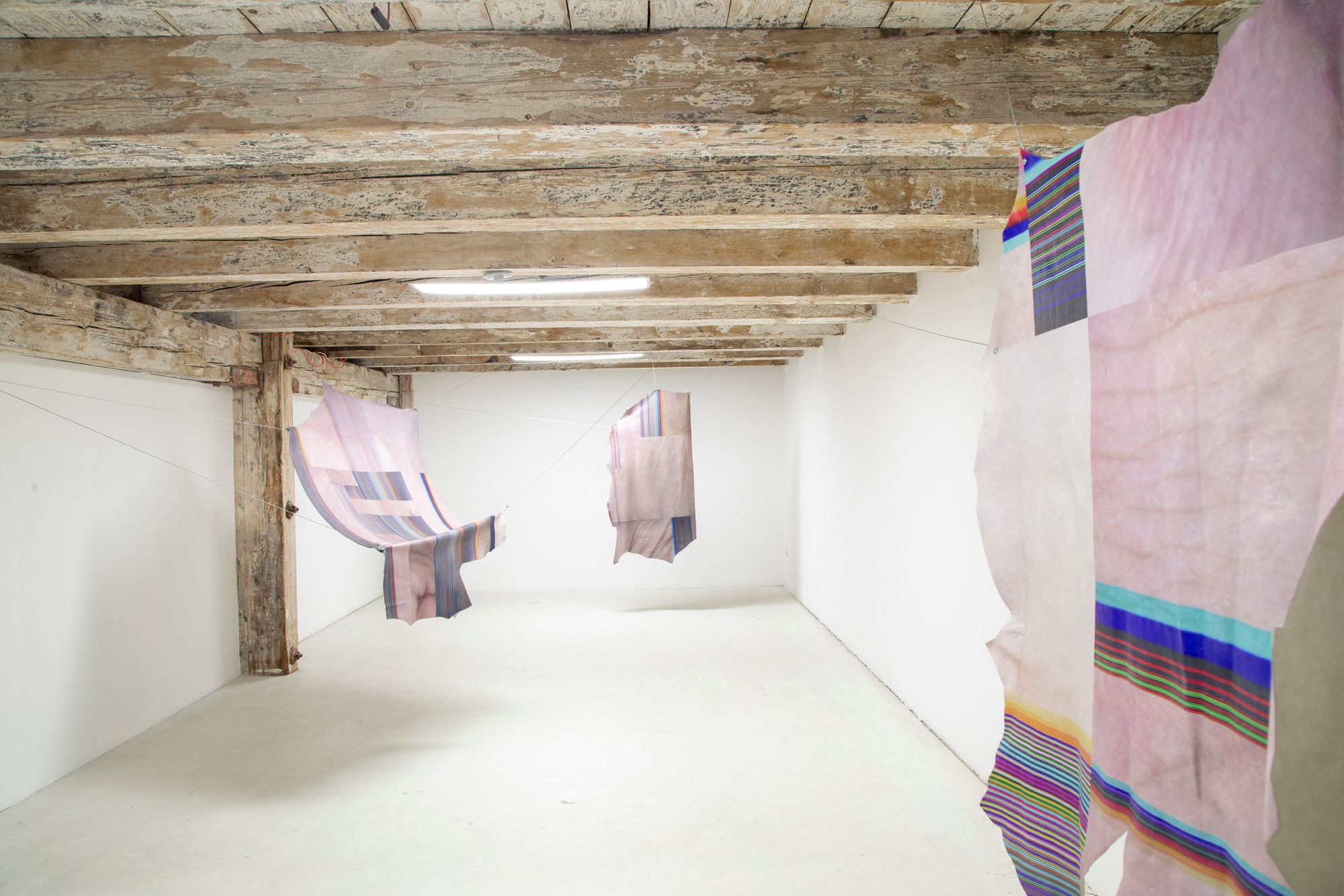
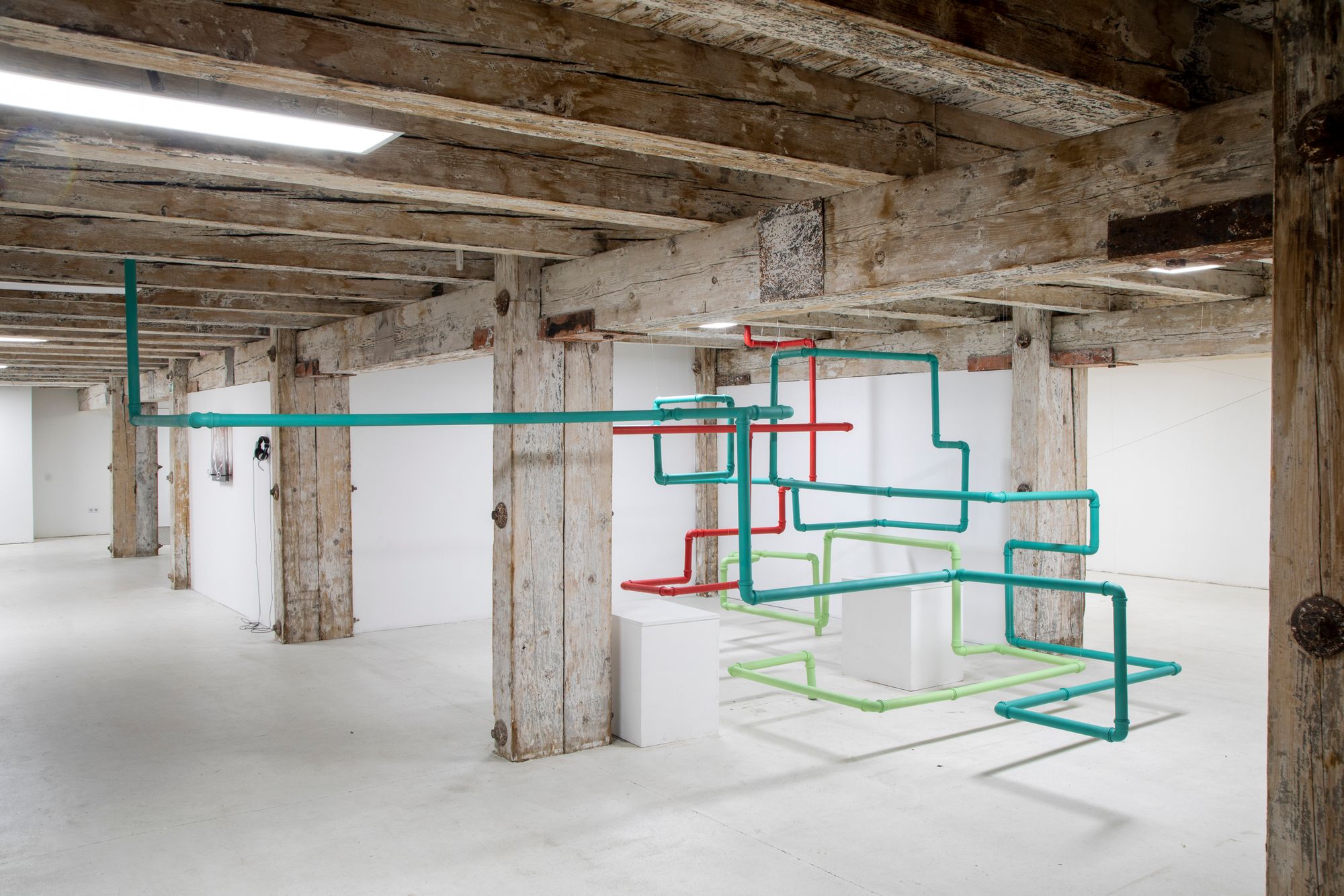
Art Quarter Budapest | Web | Facebook | Instagram
Photo: Barnabás Neogrády-Kiss
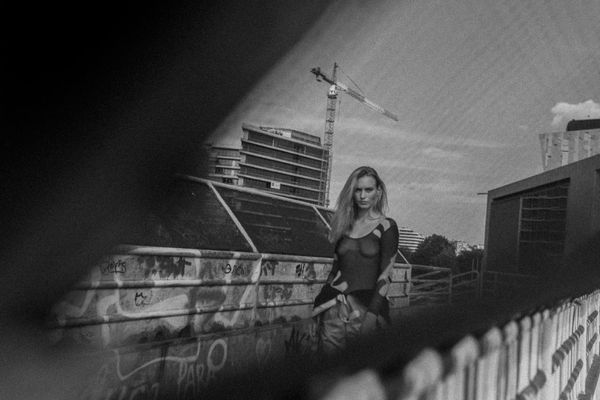
Safety and determination—the new timeless collection of the Manuela brand
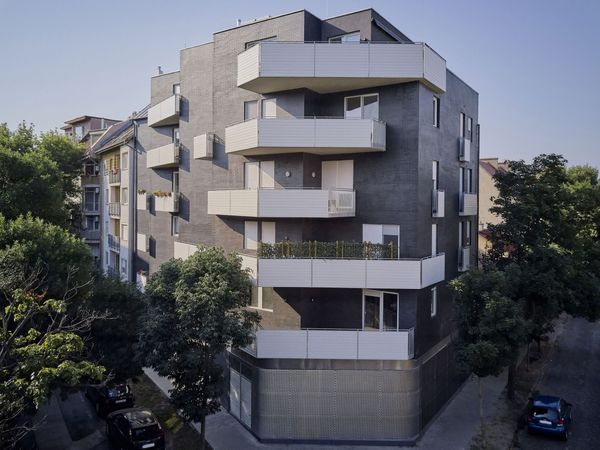
Zigzag apartment building designed by LAB5
